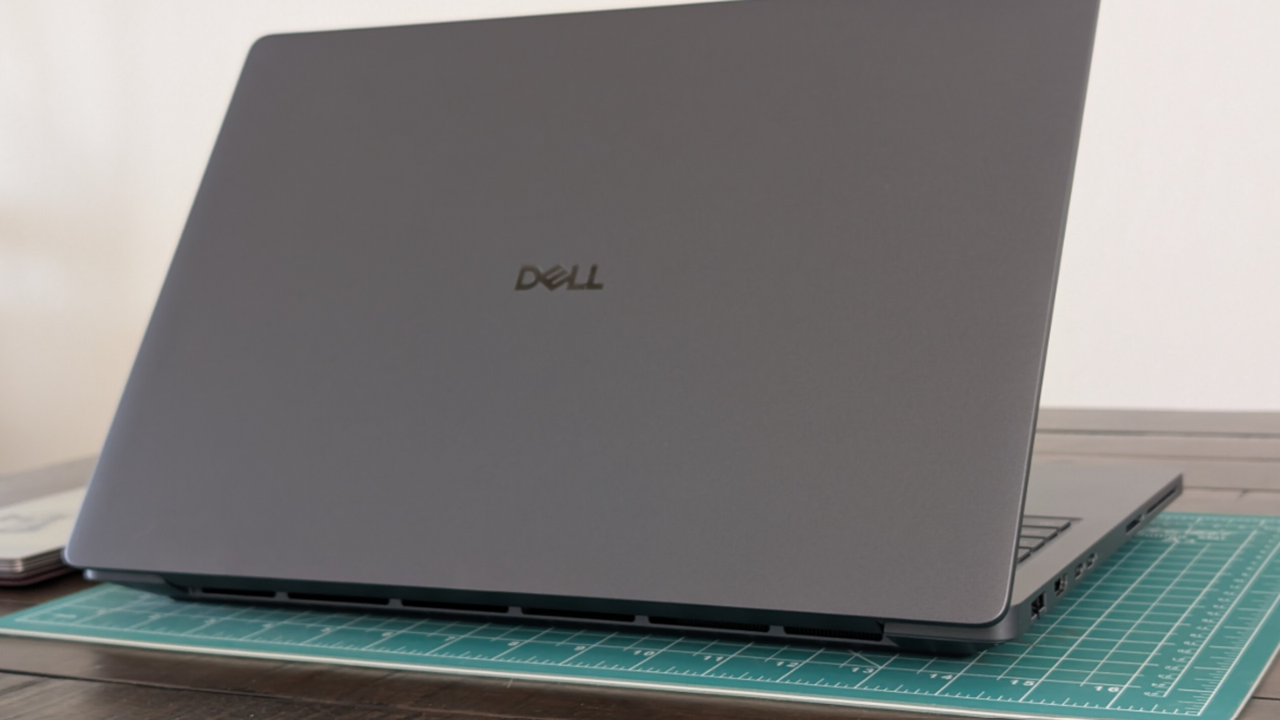- Nvidia RTX Pro 5000 Blackwell pushes workstation graphics into new territory
- Professional workloads reveal Nvidia’s Blackwell GPU at its most consistent performance
- Dell Pro Max 16 Plus gaming results expose divide between Pro Blackwell and consumer 5090
The Dell Pro Max 16 Plus introduces Nvidia’s new RTX Pro 5000 Blackwell GPU in a mobile workstation designed with professional capability rather than entertainment in mind.
This new model replaces the Precision 7680 series, combining a modular hardware design with a high-end OLED display.
It is equipped with Intel’s Core Ultra 9 285HX CPU, 128GB of CAMM2 RAM, up to 2TB of PCIe 5.0 storage, and a 16-inch 4K 120 Hz OLED touchscreen.
Testing platform and configuration
According to Notebookcheck’s review, the RTX Pro 5000 operates at up to 175W TDP, although sustained output during benchmarks hovers closer to 125W.
The setup provides a strong foundation for creative and engineering workloads, although thermal limits indicate that even advanced cooling struggles to maintain prolonged Turbo Boost performance.
While synthetic and real-world tests confirm a 25 to 50% lead over the older RTX 5000 Ada, gaming benchmarks tell a different story.
The GPU performs particularly well in rendering, simulation, and CAD tasks where optimized drivers and high VRAM bandwidth take effect.
In Blender v3.3 Classroom (OptiX), it completed the render in 11 seconds, about 25% faster than the previous RTX 5000 Ada.
Similarly, SPECviewperf 2020 results reached 98.9 points, marking a 40 to 50% improvement over Ada-based predecessors.
These results position the workstation among the fastest mobile systems, showing that the Blackwell design prioritizes sustained reliability and professional consistency over raw frame rates.
For professional users, this translates into predictable output and stable acceleration in certified software environments.
However, for gamers, the RTX Pro 5000, although built on the same architecture as the consumer-grade RTX 5090, lacks the tuning and firmware optimizations that enhance gaming performance.
In Cyberpunk 2077, Baldur’s Gate 3, and Final Fantasy XV, the RTX Pro 5000 Blackwell trails the RTX 5090 by roughly 25 to 30%, delivering performance that aligns closely with the RTX 5080.
In Cyberpunk 2077 at 4K Ultra settings, the Dell Pro Max 16 Plus averaged around 51 fps, whereas RTX 5090 laptops typically reach about 68 fps under the same conditions.
Laptops equipped with the RTX 5080 average 50–55 fps, placing the Pro 5000’s performance effectively on par with the RTX 5080.
Power constraints within the chassis and lower sustained clock speeds further widen the gap.
The CPU can peak near 105°C during heavy multitasking, while the GPU stabilizes at its 125W limit.
Despite three fans and a vapor-chamber layout, internal thermals restrict full potential during extended workloads.
Power draw reaches up to 280W, leading to shorter battery life than earlier Precision models.
This suggests that thicker systems, such as the upcoming 18-inch variant, could achieve better sustained performance with the same GPU.
The Dell Pro Max 16 Plus ultimately shows that Nvidia’s latest professional GPU generation is not built to impress gamers – the RTX Pro 5000 Blackwell emphasizes precision, compute throughput, and driver certification over gaming performance.
Professionals working in CAD, rendering, or AI development will value its efficiency and stability, while gamers will find better value in the consumer RTX 5090.
Follow TechRadar on Google News and add us as a preferred source to get our expert news, reviews, and opinion in your feeds. Make sure to click the Follow button!
And of course you can also follow TechRadar on TikTok for news, reviews, unboxings in video form, and get regular updates from us on WhatsApp too.




